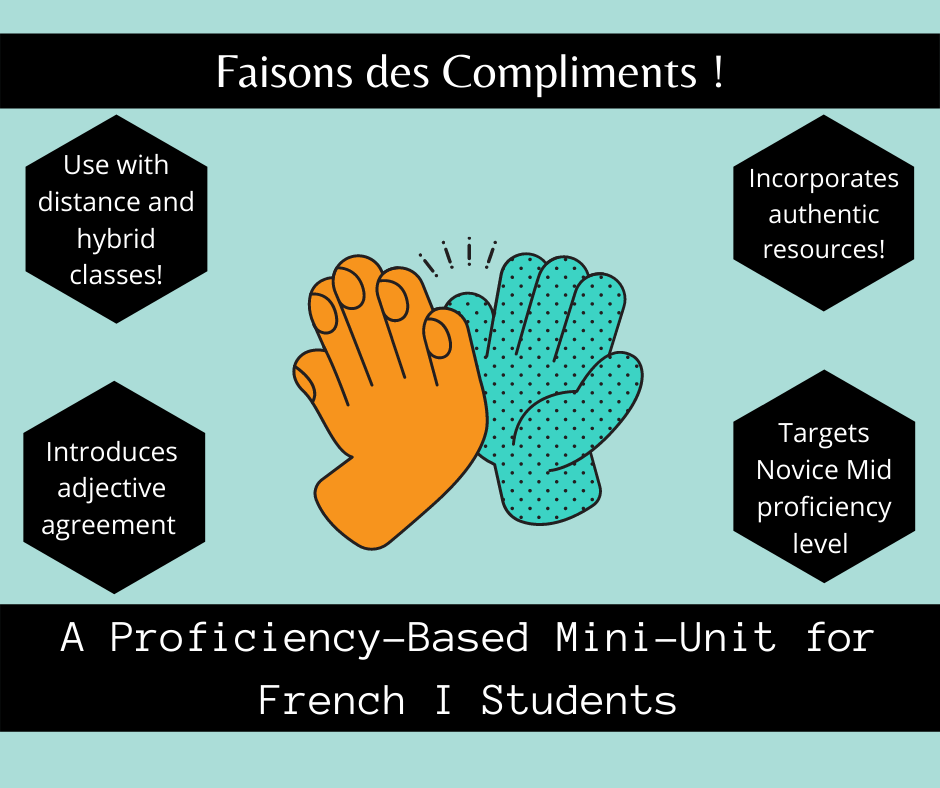
When presenting to groups of language teachers, I often structure my presentations around the ACTFL Core Practices. However, I have to admit that I have my favorites when it comes to these tenets of language teaching. “Guiding Learners Through Interpreting Authentic Resources” ? Yep, I think that could be my middle name. “Designing Oral Interpersonal Communication Tasks”? You betcha! “ Plan with a Backward Design Model”, what else is there???
The peskiest core practice for me has always been “Teach Grammar as Concept and Use in Context.” I admit that it has taken me awhile to fully deconstruct what this means (and I’m probably not all the way there, yet!).
Fortunately, the PACE model, described in Shrum and Glisan’s Teacher’s Handbook, provides a meaningful framework for addressing this core practice.
For those unfamiliar with this model, PACE is an acronym for these steps that one might take to teach grammar in a contextualized way:
P = Presentation of meaningful language
A = Attention
C = Co-Construction (Explanation as Conversation)
E = Extension activities
I recently revisited the PACE model in preparing a new mini-unit on the language function “Giving Compliments.” Having selected adjective agreement as the target structure for this unit, I presented a series of authentic texts (a cartoon video and list of Tweets) that were rich in adjectives. At this stage, the focus is on meaning, rather than form, so I created a series of interpretive tasks for these resources.
Next, I designed a series of activities designed to draw students’ attention to the adjectives. In this case, I broke the structure down into four mini-lessons: 1)A sample regular adjective (grand), 2) Regular adjectives , 3) Adjectives whose masculine form ends in “e” 4) A few common irregular adjectives. For each mini-lesson I created a slide with a series of Tweets containing the target structure, which I drew attention to with a purple frame.
I then created a series of questions for each mini-lesson that teachers can use to co-construct an explanation of the structure.
Finally, I provided a series of extension activities. In addition to the short short practice exercises included in the presentation, I created a graphic organizer for the video, a 20 Questions game and a Presentational Writing task that will provide opportunities for students to use these structures.
If you are interested in using this PACE lesson on adjective agreement, click here for the Presentation and here for the corresponding document.
The entire mini-unit is available for purchase here.
